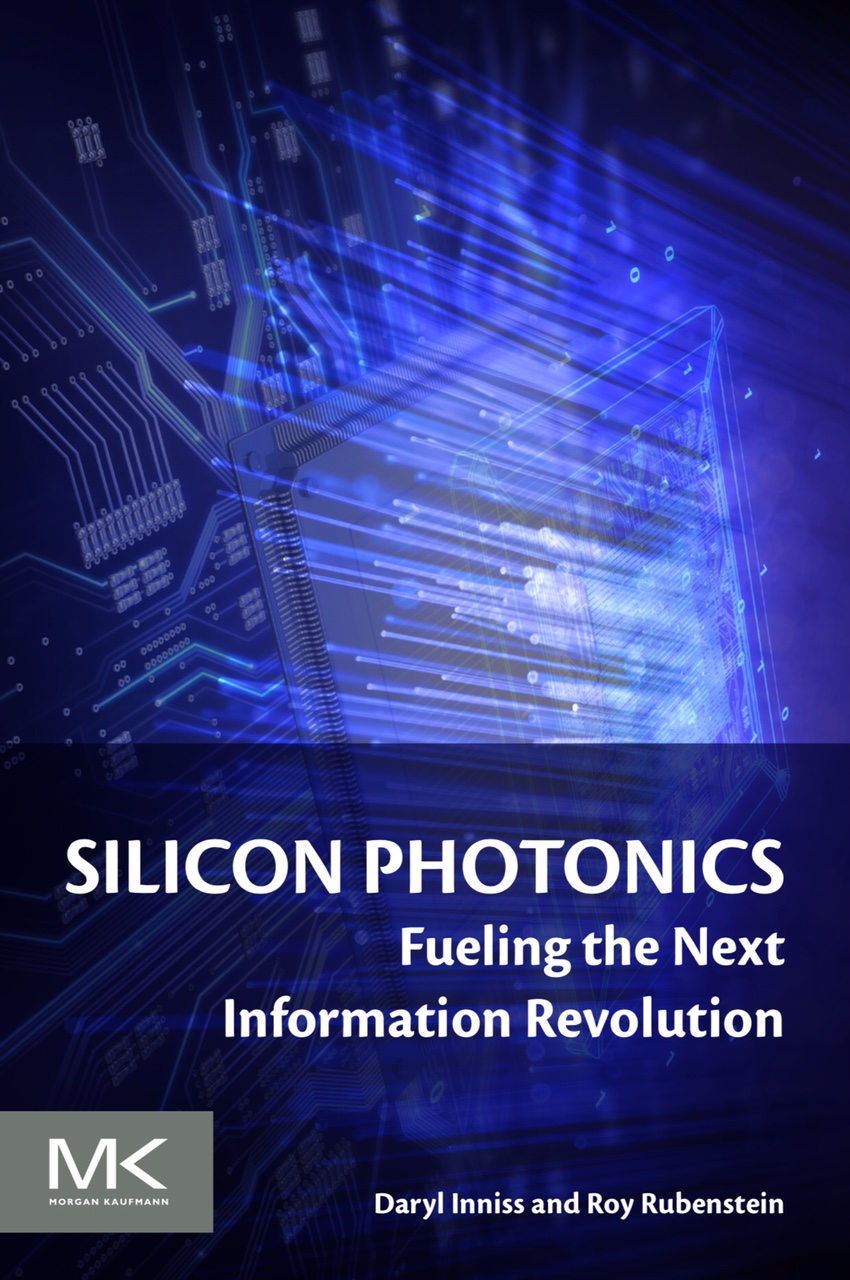Data centre photonics - an ECOC report
 Saturday, October 15, 2022 at 1:56PM
Saturday, October 15, 2022 at 1:56PM - ECOC 2022 included talks on optical switching and co-packaged optics.
- Speakers discussed optical switching trends and Google's revelation that it has been using optical circuit switching in its data centres.
- Nvidia discussed its latest chips, how they are used to build high-performance computing systems, and why optical input-output will play a critical role.

Co-packaged optics and optical switching within the data centre were prominent topics at the recent ECOC 2022 conference and exhibition in Basel, Switzerland.









